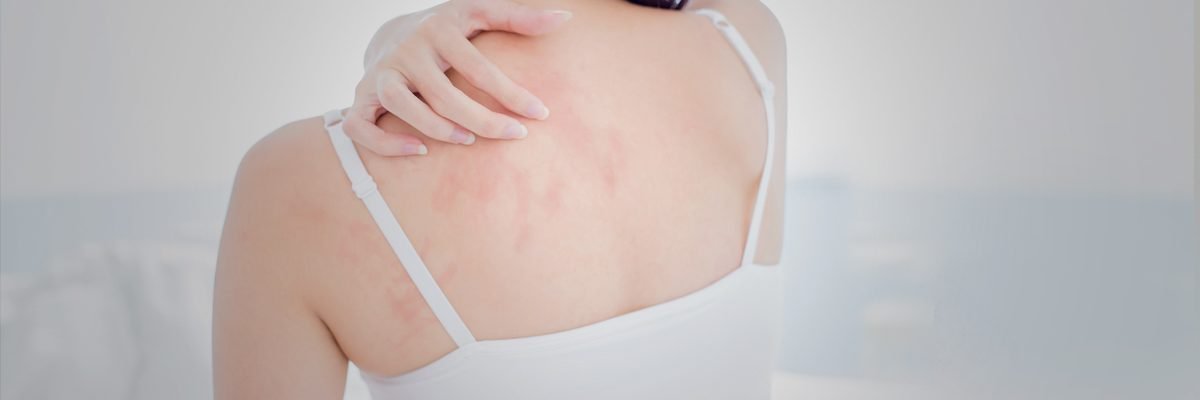Updated 10 September 2021
The Symptoms of Prickly Heat
The common symptoms of prickly heat include;- A rash with little red spots on the affected skin.
- Redness,
- Slight swelling,
- A prickling, irritating sensation of the affected region.
What is the cause of Heat Rash?
Heat rash is a skin condition that occurs during a hot, humid weather or when you are exposed to sticky heat and as a result the sweat ducts around your armpits, chest, groin, waist, the inside of your knees or elbows, and under your breasts get blocked and become inflamed. Prickly heat is a skin condition that is quite common in infants because the sweat ducts of babies are not fully developed although heat rash also affects children and adults of all ages.Diagnosing Heat Rash
When you visit your doctor's office, he or she will diagnose prickly heat simply by carrying out a physical examination of the rash.Heat Rash Treatment
Heat rash can be treated by first ensuring that you and/or your child is not exposed to hot, humid conditions that would cause you and/or your child to be sweaty. You can make use of air-conditioning to help regulate the indoor temperature of your home or office. Air-conditioning in parts of Australia is an absolute necessity if you want to avoid having heat rash. In addition to this, it is important to avoid wearing thick clothing or dressing up your child with lots of layers of clothing. Wearing clothing made from light, breathable and comfortable fabric is also advisable. Avoid too many layers of clothing and blankets in babies if they have a heat rash.. Bathe your children in lukewarm water to relieve them of the discomfort associated with heat rash, but avoid using soap, as it may irritate the skin of your child. Apply calamine lotion or cool compresses to the heat rash to help relieve the itchy, prickling feeling. Normally, the rash from prickly heat disappears without treatment within a week, but there are instances where the rash may stay longer than this time. The use of antihistamine drugs and hydrocortisone cream can also help to soothe the itching and inflammation caused by heat rash respectively. Antibiotics are sometimes used if the rash becomes infected.Recovery and the Prevention of Heat Rash
Heat rash would normally disappear even without treatment within one week. But to avoid a recurrence of heat rash in the future, you would need to make life changing choices. Some of these choices include;- Wearing loose fitting breathable cotton fabric can go a long way in keeping you from overheating and also in reducing the itching caused by the rash. Try as much as possible to avoid wearing wool and other itchy fabric if you reside in humid areas.
- While taking a cool, refreshing and invigorating shower can provide you with temporary relief from the itching and general discomfort caused by heat rash, you should avoid taking you many baths or showers in order to keep a good balance of naturally produced oils which help to give your skin the natural protection it needs.
- Make sure that your home has proper ventilation. Install ceiling or wall fans if need be and where necessary you can also install air-conditioning units in your home to regulate the temperature and keep you cool in hot weather.
Complications of Heat Rash
Heat rash rarely causes complications in adults. However, children tend to incessantly scratch the site of a rash until it becomes an open sore and gets infected. With infection comes further complications and a visit to the doctor's office is advised.When should you see a doctor?
You should consult a doctor in any of the following instances:- The formation of blisters with pus in them could be a sign of Impetigo infection caused by either Staphylococcus or Streptococcus bacteria.
- Where the site of the heat rash is warm, inflamed and the redness is more pronounced.
- If the rash appears for more than a week and seems to be spreading to other parts of your body instead of disappearing.
- when your lymph nodes are swollen and when you and/or your child feel unwell and have an accompanying fever.
- If you have any other symptoms such as vomiting, nausea, headache.

